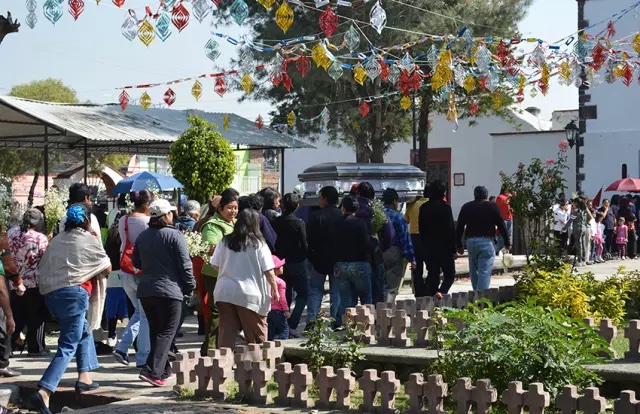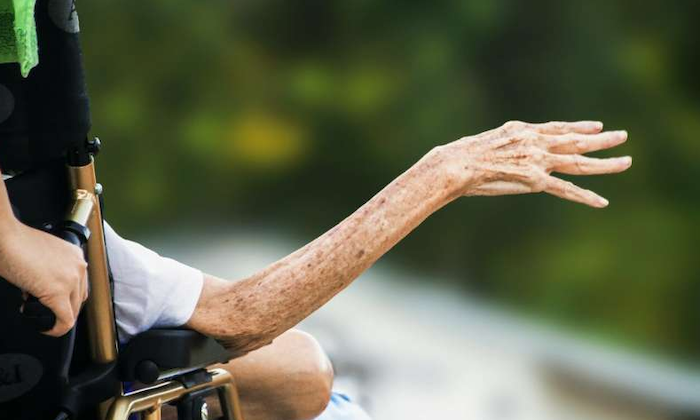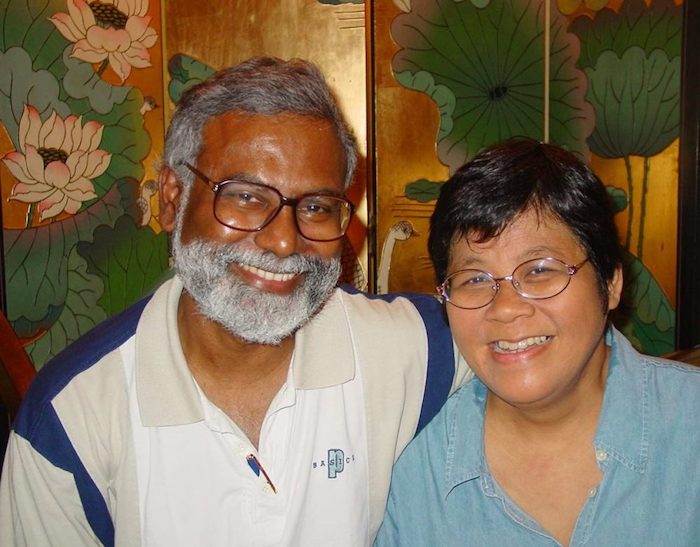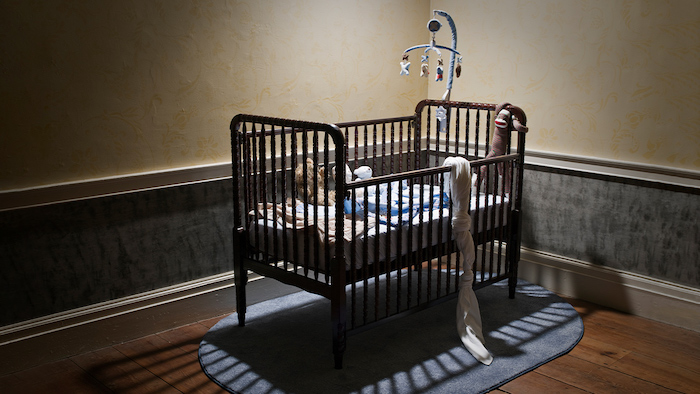Day of the Dead diffuses the grieving process for loved ones, but it’s still a difficult loss

Oddly, we’d had a casual conversation about Licha’s condition a few weeks ago, when my husband Alejandro assured me that things were OK with his sister-in-law’s cancer treatment.
Then, a few days ago, I hear him talking on the phone with that tone of voice that transcends all linguistic barriers. You know the one — half hushed and 150% serious.
Licha’s death on June 19 was my second experience with a death in Alejandro’s family; the first was 12 years ago. My experiences with these events contrast somewhat with a lot of what is written in English about death in Mexico. The idea that death is dealt with differently here, more easily and readily, might be a little simplistic.
Such writings focus on Day of the Dead and its festive skeletons. It is true that Mexicans have their own way of relating to the general concept of death, but it is not a devil-may-care attitude, especially when it hits home.
As a United States-raised Protestant, both deaths I experienced caught me a bit by surprise because there had been no frank talk beforehand about the serious medical issues both women had.

In the case of Alejandro’s sister, Lupita, this was kind of understandable as she was only 45 years old. I do not know to this day how much Alex knew of her condition before she went into the hospital for the last time; I think Lupe herself kept most of it secret from the rest of the family.
Licha was in her early 70s — still too young though not quite so tragic — but a similar scenario played out. Everything was OK, or not so bad, until it wasn’t.
Like everywhere else, once death comes in Mexico, ritual and tradition take over. They seem to vary greatly in the details depending on a family’s socioeconomic status.
To get it out of the way, I’ll say that my husband, Alejandro, comes from a lower-working-class urban family — Catholic, but not overwhelmingly so. My husband believes in God but not so much in the church.
In Alex’s family, death is immediately followed by a flurry of phone calls among distant family members discussing decisions whether or not to travel. Mexican families don’t tend to scatter like U.S. ones do, and the need to travel long distances is still rare enough the families might not take this into consideration when making funeral arrangements.
Alex’s family is somewhat scattered in central Mexico, so the decision was made for him to travel to Guadalajara while I would stay in Mexico City.
Like many other cultures, Mexican funeral rites have a wake, or viewing period (although this can be optional), and some kind of ceremony related to the disposal of the body. The details of how these are done vary by local and family traditions along with the economic situation of the family.
There is also a novena, or period of prayer, unless the family is not Catholic.
The wake can last anywhere from 24 to 72 hours, depending on whether the body is embalmed. If not, the body must be buried or cremated within 24 hours.
Aside from this, regulations are not as strict or as pervasive as in other countries, and there is some flexibility in how and where a body is set for viewing. Family members can participate in the preparation of the body, such as applying makeup to the face, with viewings happening in funeral parlors or in people’s homes.
The body is laid out in a coffin and usually separated from viewers by a pane of glass or translucent shroud, though an open casket allowing mourners to touch the body is not unheard of.
Someone is usually with the body day and night at this time, often with one or more people praying. But there is often food and conversation going on as well, especially in the areas farther away from the deceased.

Final rites can be held in the same funeral parlor as the wake or at a church, with the latter being more common in more rural areas — as are processions. In the almost 15 years I have lived in Mexico City, I have never seen any sort of funeral procession, but I have seen them (motorized and on foot) in towns.
In the case of my husband’s sister, the final service was in the funeral home, with only immediate family accompanying the body to the crematorium. Burial is far more traditional, but the lack of space in places like Mexico City has made cremation more acceptable. Burial or the depositing of ashes is often done with a small ceremony.
If you are not from a Mexican Catholic family, the biggest difference for you will be the novena — a nine-day period after the burial when family and close friends gather at least once a day — often after work — to recite the rosary and other prayers for the deceased.
This is done in the deceased’s home or that of a close family member. It often means a crowded house, full of people eating tamales and drinking atole once the somber task of praying for the soul is completed.
Dress codes for public funeral rites vary quite a bit, and it seems mostly to have to do with socioeconomic status. People may wear anything from the most formal attire, preferably in black, or the clothes they wear every day. In my husband’s family, somewhat more formal attire in a darker color suffices.
Although the rites observed in the hours and days after a loved one dies are very important, they don’t seem to take on the sense of urgency that they have in my family. Probably because of Day of the Dead (when many funeral rites are repeated), it is not necessary to show all of your grief immediately.
So, yes, funerals in Mexico are about saying goodbye, but that goodbye is not as absolute as they are in Anglo-Protestant cultures. On Day of the Dead, you have a chance each year to relate to those who have gone before, a psychologically healthy way to deal with lingering grief.
Complete Article ↪HERE↩!






